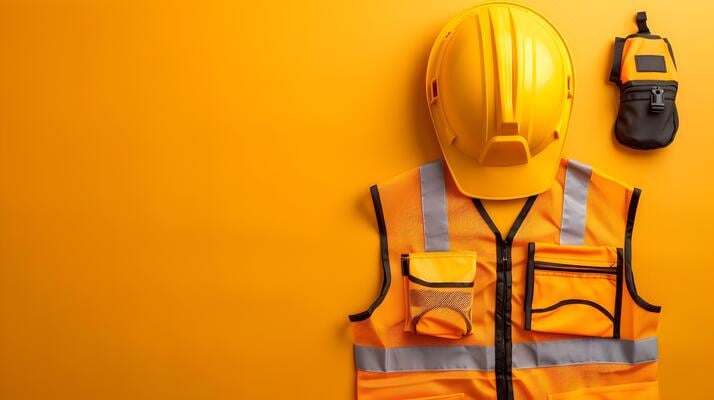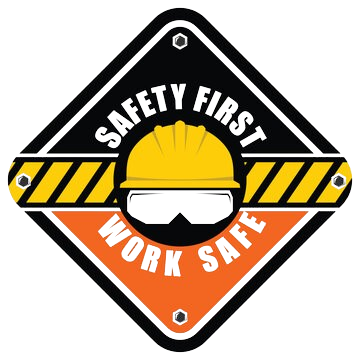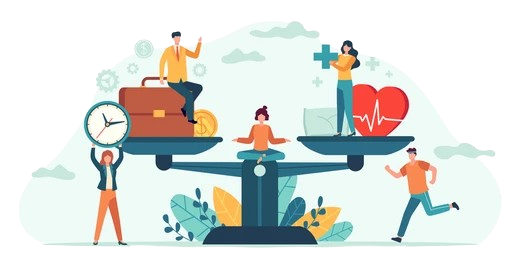Think Safe, Work Safe
Creating Safer, Smarter Workplaces Through EHS Excellence. “Think Safe, Work Safe” isn’t just a catchy phrase—it’s a mindset that can transform workplaces. In high-risk industries like manufacturing, construction, and chemicals, this mindset is the first line of Defence against accidents and operational disruptions. Safety thinking must be embedded in every decision, from top-level management to workers on the ground. This blog explores how adopting a safety-first approach leads to safer work environments, the role of EHS (Environmental, Health & Safety) consultants, and practical steps businesses can take to build a culture where safety is second nature.
Learn More
6/11/20254 min read



Think Safe, Work Safe
Creating Safer, Smarter Workplaces Through EHS Excellence
Introduction
“Think Safe, Work Safe” isn’t just a catchy phrase—it’s a mindset that can transform workplaces. In high-risk industries like manufacturing, construction, and chemicals, this mindset is the first line of Defence against accidents and operational disruptions. Safety thinking must be embedded in every decision, from top-level management to workers on the ground.
This blog explores how adopting a safety-first approach leads to safer work environments, the role of EHS (Environmental, Health & Safety) consultants, and practical steps businesses can take to build a culture where safety is second nature.
What Does “Think Safe, Work Safe” Mean?
The phrase reflects a simple truth: safe actions begin with safe thinking. Most workplace accidents result from a lack of awareness, preparation, or risk evaluation—not from bad intentions.
The mindset involves:
Thinking before acting
Anticipating hazards before they occur
Taking responsibility for personal and team safety
Making safety part of daily routine


When people think safe, they naturally behave in ways that prevent incidents.
Why Safety Thinking Matters in 2025 and Beyond
As industries evolve, so do the challenges and expectations around workplace safety. The “think safe” culture has never been more important due to:
1. Stricter Regulations
New and evolving standards such as:
Indian Factories Act updates
ISO 45001 & ISO 14001 requirements
Extended Producer Responsibility (EPR) guidelines
2. Employee Expectations
Today’s workforce expects:
Safe, clean, and stress-free work environments
Mental health and ergonomic support
Training and empowerment for hazard recognition
3. ESG and Sustainability
Safety performance directly affects:
ESG ratings (particularly the Social & Governance pillars)
Stakeholder trust and public perception
Long-term business viability
How EHS Consultants Support Safety Thinking
Many companies struggle with implementing safety practices effectively. EHS consultants offer the expertise, objectivity, and tools needed to build sustainable systems.
Key roles of EHS consultants:
Conducting risk assessments and safety audits
Developing custom EHS policies and SOPs
Providing compliance support and regulatory guidance
Delivering employee safety training programs
Investigating incidents and implementing corrective actions
Monitoring safety KPIs through data and reporting tools
By aligning strategy with regulation and culture, EHS consultants help organizations move from reactive to proactive safety management.
Steps to Build a “Think Safe” Culture
Creating a culture of safety requires consistent effort across all levels of the organization.
Here's how to start:
1. Commit from the Top
Leaders must prioritize safety in planning, budgeting, and communication.
Management should model safe Behaviour and decision-making.
2. Engage Employees
Create platforms for open safety discussions.
Involve workers in hazard identification and control.
3. Train Continuously
Conduct regular, role-specific safety training.
Offer refresher sessions and emergency response drills.
4. Visual Communication
Use posters, signs, and digital dashboards to reinforce safety messages.
Incorporate safety into shift briefings and toolbox talks.
5. Recognize Safe Behaviour
Celebrate zero-incident milestones.
Reward individuals and teams that exemplify safety culture.


Work Safe: Putting Safety Thinking into Action
Thinking safe must translate into practical steps on the ground. Safe work practices should cover three major areas:
A. Equipment & Environment
Use proper safety guards and PPE
Maintain clean, clutter-free workspaces
Conduct routine checks on tools and machinery
B. Procedures & Processes
Follow permit-to-work systems
Use Lockout/Tagout for maintenance tasks
Report unsafe conditions and near-misses
C. Behaviour & Mindset
Encourage proactive safety reporting
Promote mental wellness and work-life balance
Make safety everyone’s responsibility
Benefits of a Safety-First Approach
Companies that implement “Think Safe, Work Safe” principles see clear advantages.
Tangible benefits include:
Fewer Injuries: Lower insurance premiums and reduced absenteeism
Higher Morale: Employees feel safer and more valued
Better Compliance: Smooth regulatory audits and inspections
Improved Efficiency: Fewer disruptions and higher productivity
Reputation Gain: Seen as a responsible and ethical brand
Common Challenges & How to Overcome Them
Even with good intentions, companies face barriers to creating safety cultures.
Challenges:
Complacency: Long-serving staff may cut corners or ignore rules
Lack of Training: Unsafe acts often result from poor understanding
Limited Budget: Some see safety as a cost, not an investment
Resistance to Change: Staff may be slow to adopt new practices
Solutions:
Reinforce safety through real-life case studies
Show ROI using incident cost data
Provide language-specific and visual training aids
Engage EHS consultants to reset internal practices
Tech-Driven Safety: The Future of Work Safe
Digital tools are revolutionizing safety management. They simplify processes, improve tracking, and ensure faster response.
Popular tools include:
Mobile Incident Reporting Apps: Immediate, accurate data capture
Wearables: Monitor worker fatigue, heat stress, or toxic gas exposure
EHS Software Platforms: Manage training, audits, and inspections
Digital Dashboards: Visualize trends and measure KPIs in real-time
These tools make safety accessible and transparent, especially for large teams across multiple sites.
Real-World Example: Safety Turnaround Story
Industry: Mid-sized chemical manufacturing
Location: Gujarat, India
Problem: Rising incidents and compliance issues
Consultant's Intervention:
Conducted comprehensive safety gap analysis
Updated SOPs and introduced permit-to-work system
Trained teams using bilingual visual materials
Installed gas leak detection alarms
Initiated “Safety Hero of the Month” reward system
Outcome:
60% drop in reportable incidents within 6 months
Compliance score improved from 62% to 90%
Boosted employee confidence and morale
This shows how external EHS guidance can drive real, measurable change.
Conclusion: Think Safe Is the Start, Work Safe Is the Goal
“Think Safe, Work Safe” is not just a tagline—it’s a commitment. A safe workplace begins with a conscious decision to value life, health, and responsibility. It’s a mindset supported by systems, tools, training, and accountability.
When companies adopt safety thinking:
They prevent accidents
They empower their teams
They build long-term trust and sustainability
Final Message
Safety isn’t expensive—it’s priceless.
Whether you're a business owner, safety officer, or worker, remember: Thinking safe is your first responsibility. Working safe is your lasting legacy.
Our Address
5A/3, Ratan Nagar, Teen Dukan, Dehar Ka Balaji, Jaipur, 302039, Rajasthan
greendashindia@gmail.com
+91-8003097697
About Us
Greendash provides consultancy in environment, health, safety, and fire protection, ensuring compliance and sustainability across various industries in India.
Useful Links
Contact...
